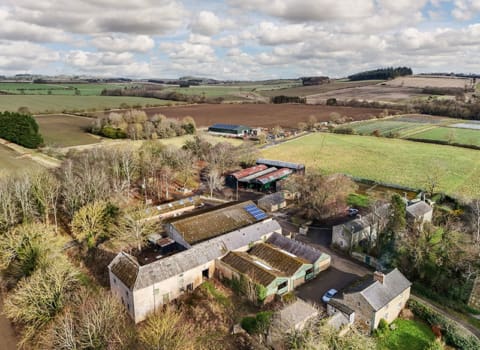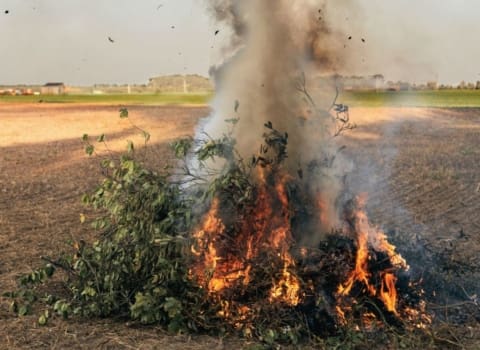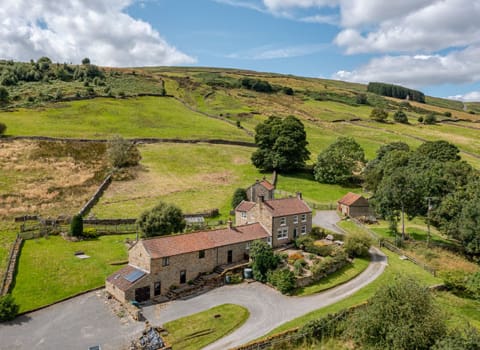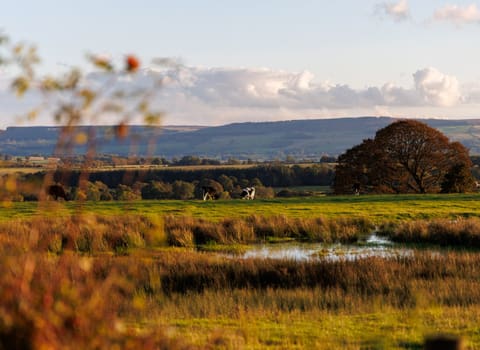Contact our offices
Main office
COLBURN
5 & 6 BAILEY COURT
COLBURN BUSINESS PARK
RICHMOND
NORTH YORKSHIRE
DL9 4QL
Estate Agency Offices are located in
BARNARD CASTLE, BOROUGHBRIDGE & RICHMOND
Residential Management Team
Our Offices
- Alnwick
01665 568310
Email Officealnwick@gscgrays.co.uk - Barnard Castle
01833 637000
Email Officebarnardcastle@gscgrays.co.uk - Boroughbridge
01423 590500
Email Officeboroughbridge@gscgrays.co.uk - Chester-Le-Street
0191 3039540
Email Officechester-le-street@gscgrays.co.uk - Colburn
01748 897630
Email Officecolburn@gscgrays.co.uk - Driffield
01377 337180
Email Officedriffield@gscgrays.co.uk - Hamsterley
01388 487000
Email Officehamsterley@gscgrays.co.uk - Hexham
01434 611565
Email Officehexham@gscgrays.co.uk - Kirkby Lonsdale
01524 880320
Email Officekirkbylonsdale@gscgrays.co.uk - Penrith
01768 597005
Email Officepenrith@gscgrays.co.uk
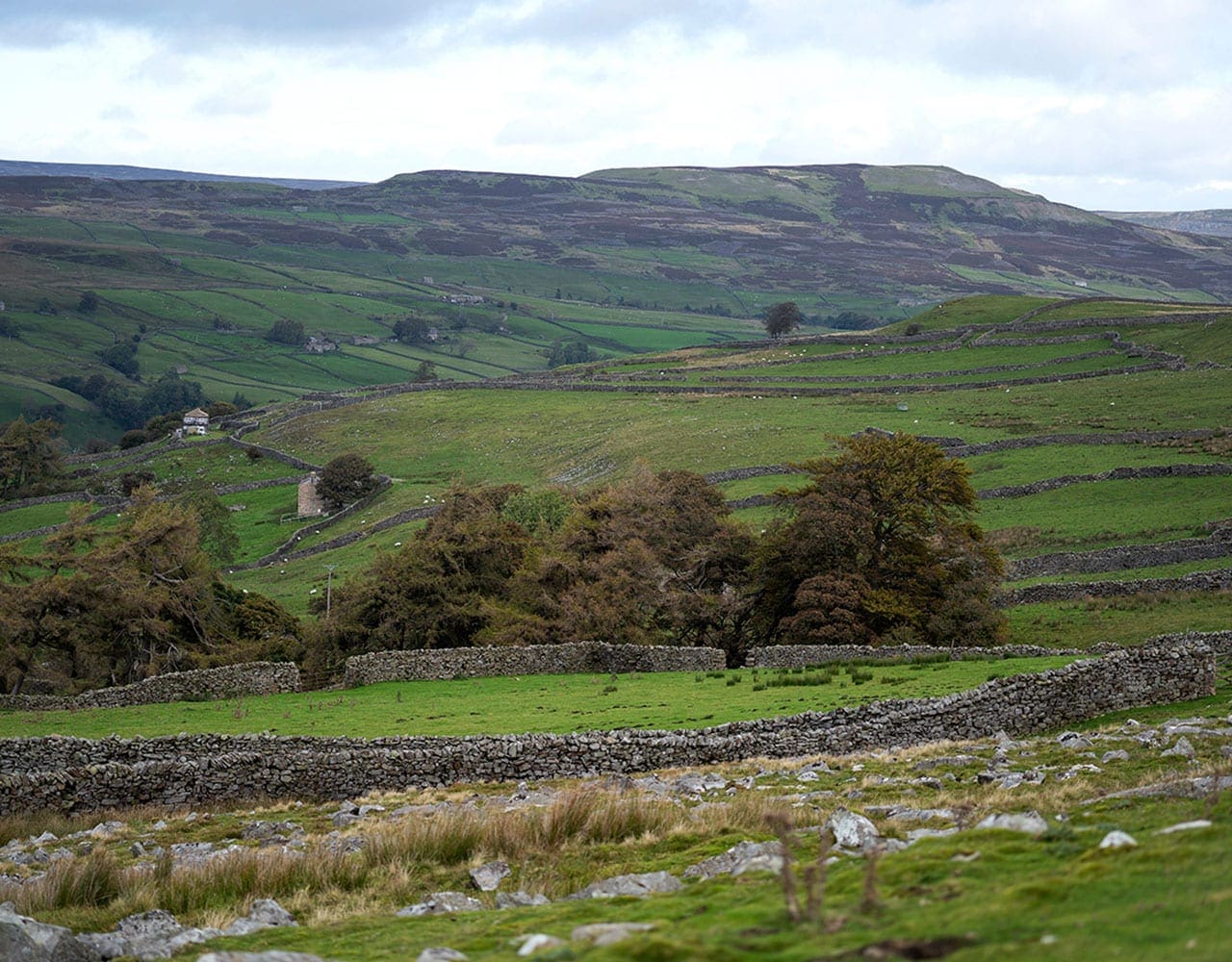
HOW THE MARKET HAS PERFORMED IN 2020: FARMS AND FARMLAND
Although there has been a late flurry in 2020, the farm market has been dominated by the impact of the fallout from COVID-19. This was the year that agents were predicting a return to more normal volumes of land being offered for sale having had two years of record low supplies, but it has not turned out that way. At the end of September, the national offering of land advertised had fallen by 40% year on year to less than 50,000 acres although in Yorkshire and the North East the reduction is only marginal, dominated in acreage terms by a single 1,142 acre farm in Northumberland near Cornhill-on-Tweed which now has a closing date for best bids at the end of October – the market will watch with interest the result of that. Furthermore, expectations were that with an increase in supply, land values would come under pressure as Brexit became a reality with the passing of the European Union (Withdrawal Agreement) Act 2020, and more became known about the replacement of farming subsidies and how they would impact on incomes. None of these market influences have come to pass as demand continues to outstrip the meager supply and prices, if anything, has increased a little on those of last year halting a three-year downward trend.
Continuing a trend of the last few years the range of prices achieved remains wide. Blocks of bare arable land have again achieved over £10,000+ per acre for the very best whilst more marginal land has struggled to reach £5,500 per acre nationally. In our region we have analysed the spread of land values, from successful bare land and whole farm sales at an average of between £6,690 and £8700 per acre but due to the number of smaller farms offered, particularly in highly sought after residential areas of North Yorkshire, overall farm prices have been encouragingly strong. As ever special purchasers have heavily influenced the market. Neighbours have bid strongly when the opportunity arises and non-farming buyers have been active for smaller units.
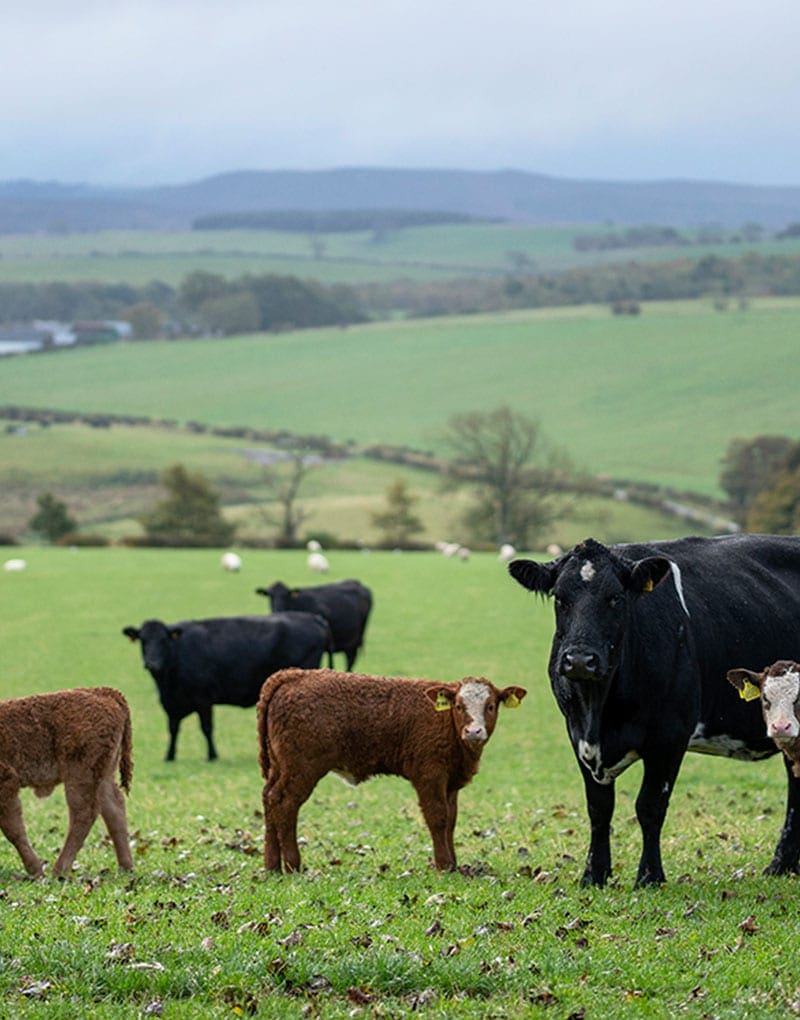
Rollover has played a part again this year, although not to quite the same extent as the previous three years. Sales are taking noticeably longer to transact, which is causing some frustration in the market. Under-staffed local authorities are taking between six and ten weeks to get searches back, whilst valuers, conveyancers and funders are struggling to cope with demand, due to high levels of residential sales.
As for the near future, we are certainly expecting things to settle down and our predictions for the coming year are similar to those of this year before COVID-19 took hold. Of our own clients, there are a range of differing views; some are keen to press ahead, having taken the view that prices will not get any better in the short term, whilst others are taking a more pragmatic approach, preferring to wait until some of the uncertainty is out of the market and more is known about Environmental Land
Management (ELM), the value of natural capital and seeing where they can add value before committing to sell. There is no right answer, but we can’t help thinking that land prices are only likely to come under further pressure as incomes are squeezed and while the cost of borrowed money remains as low as it is, now is the time to sell, if all other options have been exhausted.



